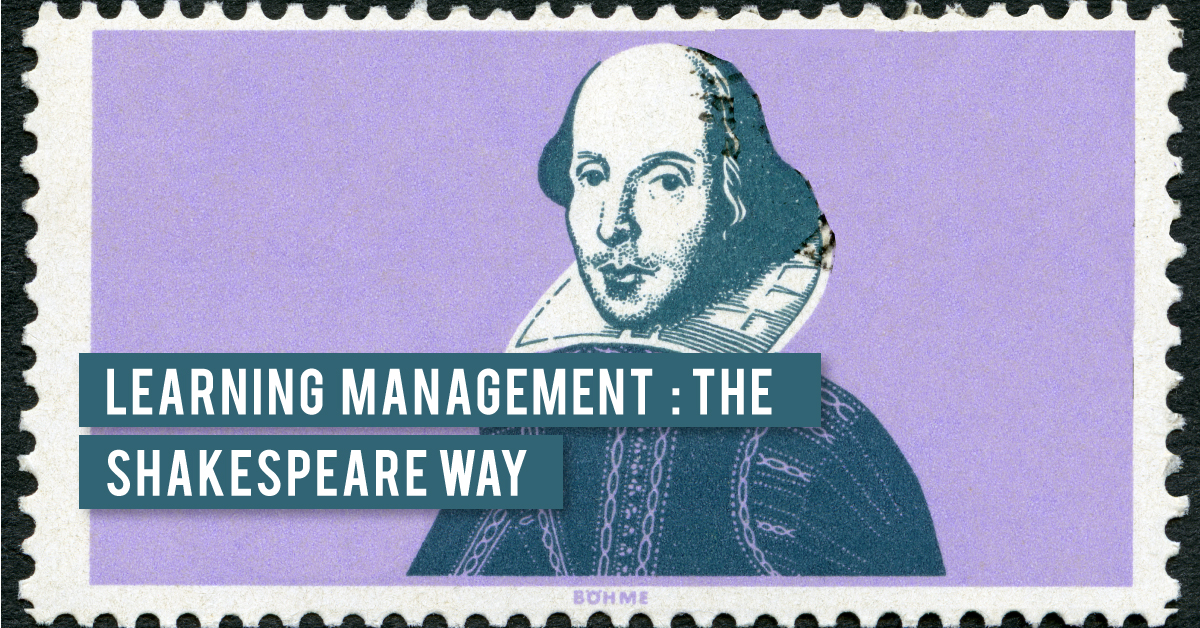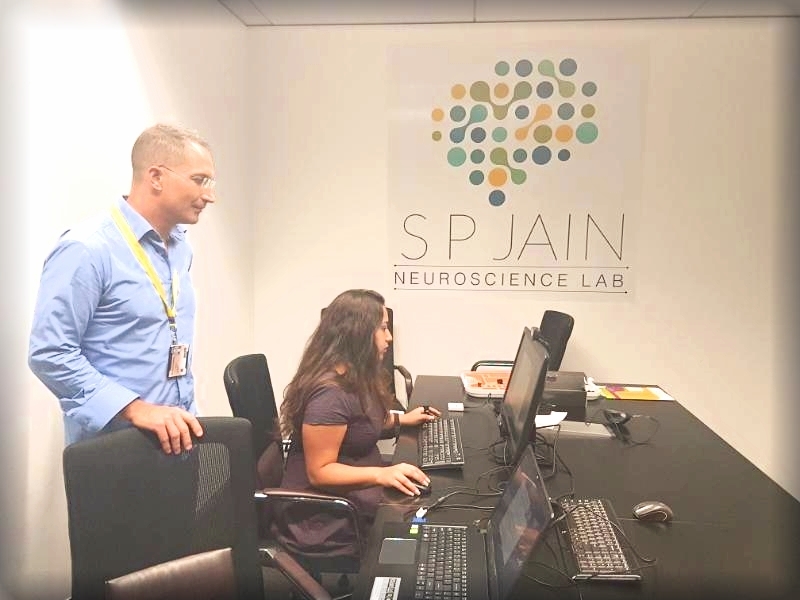Total advertising spending in the US is on an ever-increasing curve. In 2014 American businesses spent over B$180.12 (Emarketer, 2015). Globally in 2015 over B$540 billion was spent on advertising, a 4.6% increase over 2014 (Adage, 2015) with the general public being exposed to an increasing number of the ad. In 1985 the urban American would see around 2,000 ads per day with this number shooting up to 5,000 ads per day in 2016 (NY Times, 2015). Yet out of a sample of 350 ads watched per day only 153 ads would receive attention for more than a few seconds (SJ insight, 2014). Measuring advertising effectiveness has always been the greatest challenge of marketing and advertising professionals. There are two main methods for measuring advertising effectiveness: One focuses on measuring indicative marketing metrics such as awareness, preference, customer satisfaction, loyalty, and the other focuses on measurement of tangible marketing metrics such as sales, market share, profits, return on investment, cash flow, firm value. The complexity of measuring advertising effectiveness increases if the variable “emotion” is introduced. An emotional message in advertisements increases the audience attention toward the ad and product, boost product attractiveness, and generates a higher level of brand recall and various research have found that that emotion is a predictor of advertising effectiveness. There are various methods to evaluate emotion in advertising research. The emotional response can either be measured using self-report or autonomic measure. The visual self-report requires the respondent to choose a cartoon character matching his or her emotional state, while in verbal self-report respondents answer an open-ended question or rate their emotional state on a Likert-type scale. Self-reports usually capture the conscious state of the individual while the autonomic capture the body’s reactions. Body’s reactions such as heart rate fluctuation, or variation in skin acidity are most of the time beyond the conscious control of the individual while self-report or surveys suffer from heavy bias, for example, the Theory of Social Desirability posit that interviewees will tend to avoid socially unacceptable responses or will tend to provide answers which he or she perceives to be matching the value system of the interviewer. SPJAIN Neuroscience lab uses noninvasive facial recognition software to investigate the potential link between emotion and advertising effectiveness. Facial muscle involved in expressions are linked to the cerebral cortex through the corticobulbar track and reflect the activation of the brain’s amygdala region which is responsible for all potential value of all facial expression. In this research we uses GFK-EMO Scan, facial recognition software developed by Munich based Franhofer institute. GFK-EMO can record over 20 frames per second enabling an accurate measure of real-time emotional responses. Two safe driving ads from the UK were shown to a group of 60 participants and their emotional reaction were recorded. Both ads convey the same message about the danger of speed and road safety. While one ad used a highly affective message strategy, the other ad relies mostly on rational strategy. The high emotional video presents a dramatic car accident with casualties, and convey a high level of negative emotions including grief, fear, and shock. The low emotional ad delivers scientific facts about the danger of speed. Right after watching the ads and two weeks after watching the ads the students were requested to answer a survey adapted from the National Survey of Speeding Attitudes and Behavior (NSSAB).
Topics:
SP Jain School of Global Management,
Thought Leadership,
Research & Case Studies,
Disruptive Technologies









